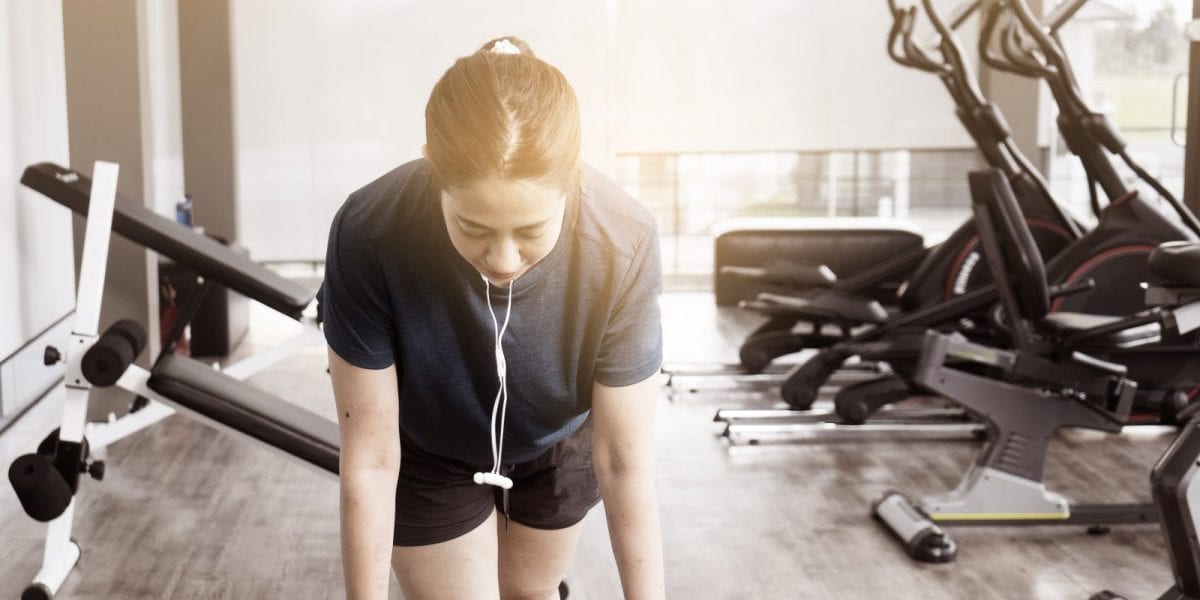Want to enjoy all the fun and adventure winter has to offer you? With more cool weather and snow on the horizon, now is the time to take steps towards protecting yourself against common winter fitness injuries. Don’t miss this quick guide:
Risk Factors for Winter Fitness Injuries
It’s generally as safe to workout and play sports in the winter as it is in the summer, however, for people who get their physical activity kicks in outside, there are a handful of risk factors you want to watch out for:
-
Cold weather – low outdoor temperatures aren’t just a hypothermia hazard, they can also cause your muscles to tense up and temporarily lose their elasticity making them more likely to experience strain or tearing.
Cold weather can also slow the rate at which nerves transmit messages to your brain. If your toes are feeling a bit numb on your winter trail run, for example, you might not feel the twinge of pain that would normally signal you to slow down or check your shoe. -
Inclement conditions – snowfall is key for many winter sports like skiing and snowboarding, but it can be hazardous for common workout activities like cycling or running outside. Wet, slick, and icy conditions can increase your risk for slipping and falling.
-
Bad equipment – from the ice skates on your feet to the protective gear covering your joints, if your go-to winter fitness equipment is worn-out or ill-fitting, you could be doing yourself a major disservice.
Common Winter Fitness Injuries
Wrist and ankle sprains
When the ligaments connecting the bones in your joints become overstretched as the joint is pushed out of its normal range of motion, the resulting injury is known as a sprain. Bracing a fall with your hands outstretched in front of you, for example, can result in sprains to the ligaments in the wrist. Slipping on ice and rolling your ankle can result in a sprain as well.
Sprains are most often accompanied by symptoms including pain, tenderness, bruising under the skin, limited range of motion, and swelling. They can vary from mild to severe and are typically treated with the rest, ice, compression, and elevation (the R.I.C.E. method).
If you suspect a moderate to severe sprain, i.e. excessive bruising and joint deformity, seek medical attention as soon as possible. For additional causes of wrist, hand, or thumb pain, see this page: https://www.vivehealth.com/
Skier’s thumb
This injury is also a type of sprain but one which affects the ulnar collateral ligament in the base joint of the thumb. It can actually happen with a wider variety of sports and activities but is colloquially referred to as “skier’s thumb” because of its prevalence among recreational skiers.
When a skier falls while skiing and their hand lands on top of the pole as they brace themselves for impact with the ground, it can push the thumb joint past its normal range of motion and partially tear or completely rupture one of the ligaments that helps hold the joint in place. Pain, swelling, and bruising most frequently accompany this type of injury and waiting for treatment or misdiagnosis can lead to long-term instability and discomfort.
Conservative measures like immobilizing the joint for 4 to 6 weeks, reducing inflammation with ice and over-the-counter medications, and administering physical therapy post-immobilization can be effective. In some cases, however, surgical intervention will be required to correct the ruptured ligament and remove any fragments which may have fractured off the bone when the injury occurred.
Concussion
Head trauma is no stranger to winter sports lovers, especially because so many winter fitness activities like hockey, ice skating, snowboarding, and skiing can involve a fair amount of flying through the air or falling. Medically speaking, a concussion is like a bruise on the brain caused by the brain forcefully sliding back and forth against the inner walls of your skull during an accident like a hard fall on the ice.
Concussions are considered a traumatic brain injury and can result in temporary symptoms including headaches, memory problems, trouble with balance and coordination, and difficulty concentrating. Confusion, dizziness, nausea, fatigue, brain fog, amnesia may also be felt immediately with other symptoms presenting as time passes like light sensitivity, trouble concentrating, irritability, trouble sleeping, and taste and smell disorders.
Very serious side effects can occur if a concussion is not seen to immediately by medical professionals – seizures, brain bleeds, loss of consciousness, or worse.
Additional common winter fitness injuries include dislocated shoulders and elbows as well as back strain and injuries to the spinal column itself.








